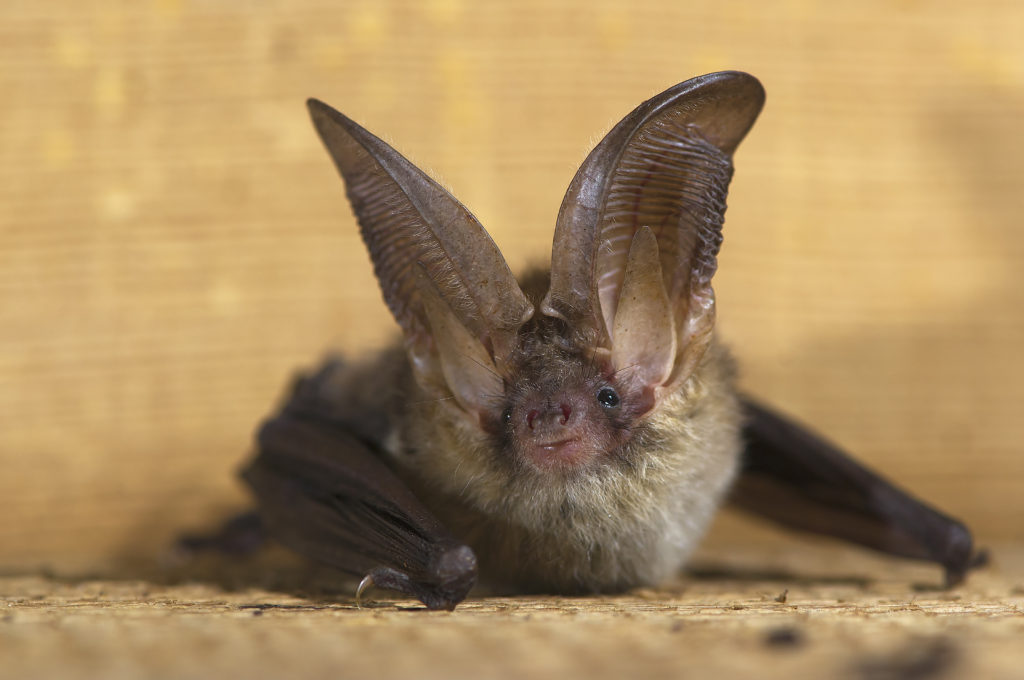Background
A local architect contacted Arbtech and asked us to carry out a preliminary bat roost assessment on a dwelling ahead of a planning application for an extension. The local planning department, the South Downs National Park Authority, require the bat survey to ensure no breach of legislation as a result of the development and to fulfil their duties to biodiversity.
About the area
Pulborough is located within the South Downs National Park and has an abundance of natural habitats that are vital to bats. The local landscape offers valuable foraging and commuting habitats for bats in the form of deciduous woodland, ancient woodland and grassland habitats.
Duncton to Bignor Escarpment Site of Special Scientific Interest (SSSI) is close by, which contains mature beech woodland and chalk grassland.
Preliminary roost assessment (PRA)
The site was visited by a bat licenced surveyor who carried out an internal inspection of the building, looking for evidence of bat use such as droppings and urine staining, and suitable roosting features externally such as raised roof tiles and gaps under the eaves. This survey can be carried out at any time of year.
Certain species of bat, commonly brown long-eared bats, will roost within loft voids where droppings can be found on the floor under roosting points and along the ridge line where the bats fly.
Other species of bat such as pipistrelles roost in tiny external crevices and do not come into large voids, so it is often impossible to find evidence of these species.
When it comes to bats and bat roosts, an absence of evidence is not evidence of absence.
The survey concluded that there was a bat roost present in the loft as bat droppings were present. These were collected and sent for DNA analysis which confirmed the species as brown long-eared bat. Due to the relatively low number of droppings, it was assessed with a high level of confidence that this was not a maternity roost.
As the proposed extension would not directly impact the roof structure where the roost was present, the surveyor proposed an alternative solution to the usual further surveys that would be required.
Bat Mitigation Plan (BMP)
In circumstances such as these when no direct impacts are foreseen on the bat roost, and secondary risk of impacts (such as noise and vibration) can be managed with suitable precautionary measures, a bat mitigation plan is a reasonable solution that will allow the development to proceed without risk to bat roosts, and without having to obtain a European protected species mitigation licence from Natural England.
The BMP was written with the assistance of the architect who provided full details of all the proposed works both internal and external, and all tools and equipment.
Amongst other things, the BMP set out working methodologies for external tile removal, timing restrictions on the work closet to the known bat roost to avoid disturbing roosting bats, and details of what to do if a bat was found at any point.
In the summer following the completion of the development, a single site visit to check the work and to carry out a dusk emergence survey was included in the BMP to ensure that the building was still used by the brown long-eared bats.
The planning authority will use this document to ensure they have fulfilled their duties to biodiversity and demonstrate that there will be no impact on bats as a result of the development.

